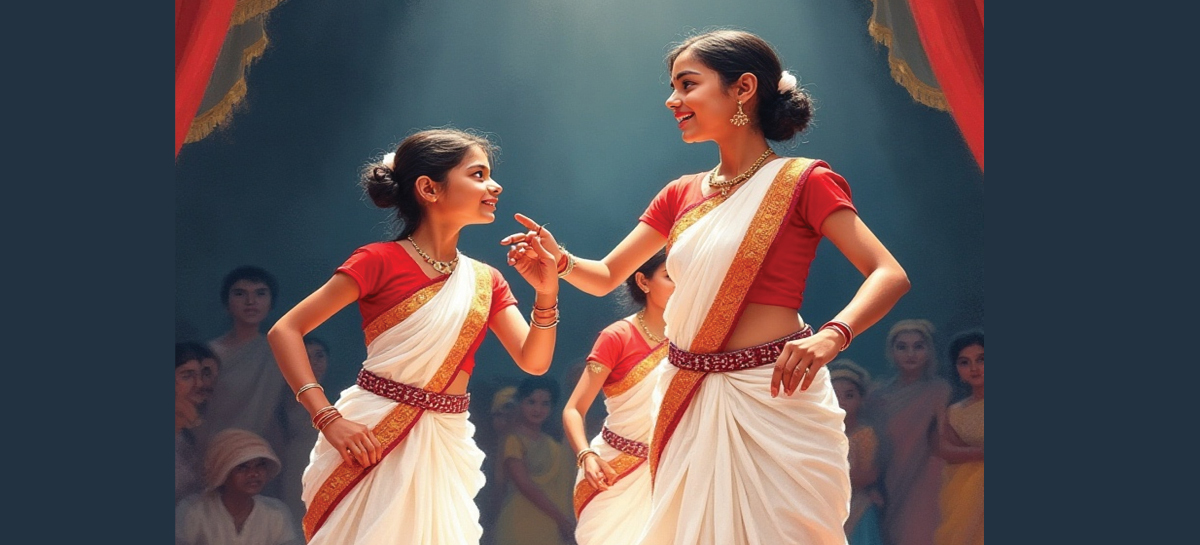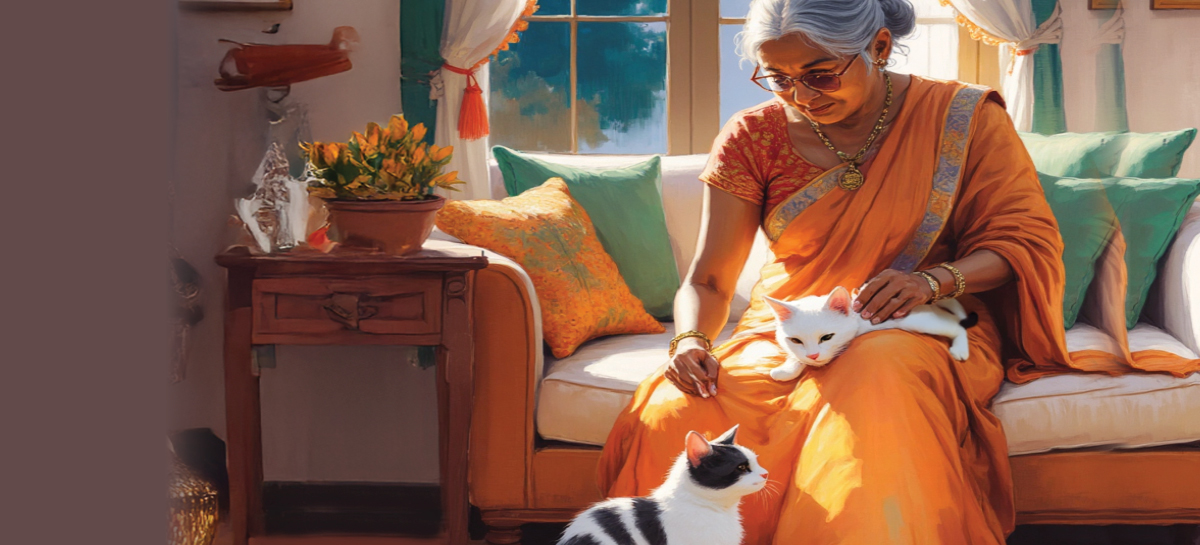Our member Ms A. Ray reminisces about her childhood when Manimela gatherings—a pre-Independence initiative for children—turned Poil Baishakh celebrations into an occasion of cultural expression, friendship, and youthful revelry.
I have always enjoyed celebrating Poila Baishakh, the Bengali New Year. When we were young, our celebrations of Poila Baishakh were largely centred around our neighbourhood Manimela, an initiative started by the writer Bimal Ghosh, popularly known as Moumachhi (The Bee). Founded in pre-Independence Kolkata, the Manimela movement aimed at the cultural upliftment of children, and there used to be such spaces in every large locality. These associations quickly grew in number, and soon there were hundreds of them in the city. In my youth, I spent a lot of time at these gatherings, drawing, painting, singing, playing, and even studying with other children in my local Manimela.
On Poila Baishakh, we would wake up early in the morning and drape ourselves in white saris with bright red borders, while the younger children dressed in white frocks. We would then step out and go around the neighbourhood, singing songs at street corners. Later in the evening, we put on performances of Tagore’s dance dramas and sang his songs. I actively participated in these revelries, lending my voice to the choir or even dancing in circles to choreographed routines. Tagore was not the only focus at our cultural evenings. I remember performing to popular songs such as “Cholo Kodaal Chalai,” a farmers’ tune urging people to work together. We were a close-knit group, and these activities strengthened our bond.
Manimela was an integral part of my childhood, shaping some of my happiest memories. I was an active, spirited child and loved taking part in stick fights, knife throwing, kho-kho, and kabaddi. We even went trekking together.
Sadly, these celebrations, open only to children below the age of 16, soon came to an end for me. Today, only a handful of Manimela groups remain, and I feel that children today are missing out on something truly special.
Now, I am confined to my chair and move around with the help of a walker. But the memories of Manimela remain vivid, filling me with gratitude for a childhood rich in friendship, adventure, and joy.
(As narrated to Support Elders by our member)


